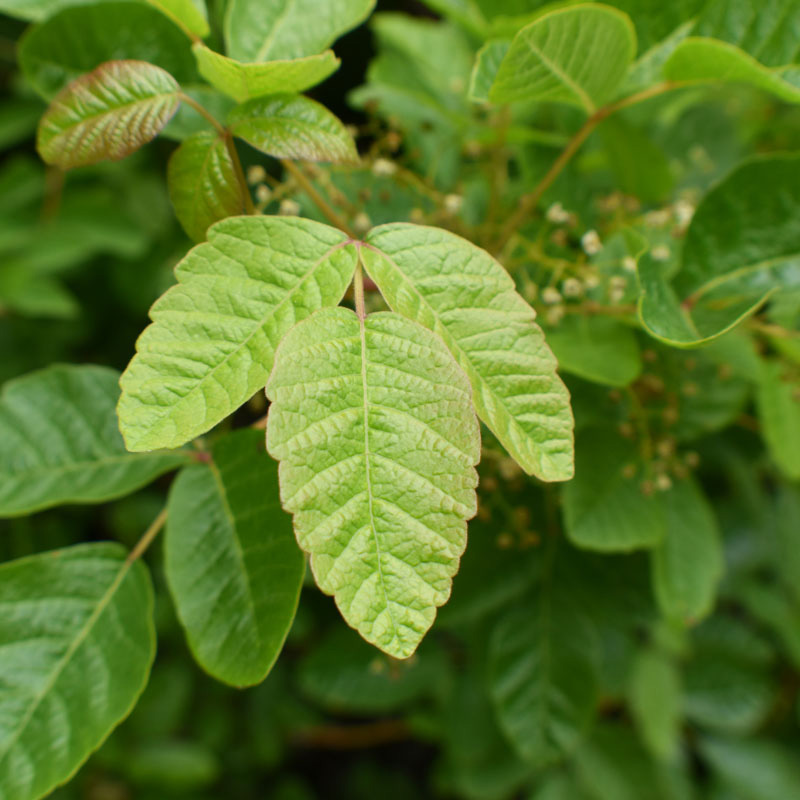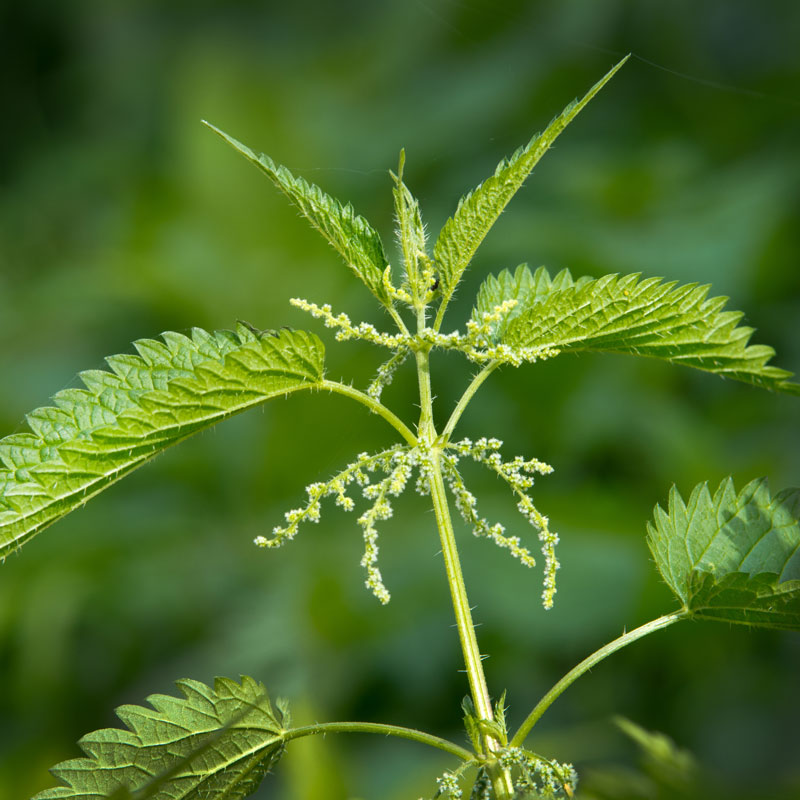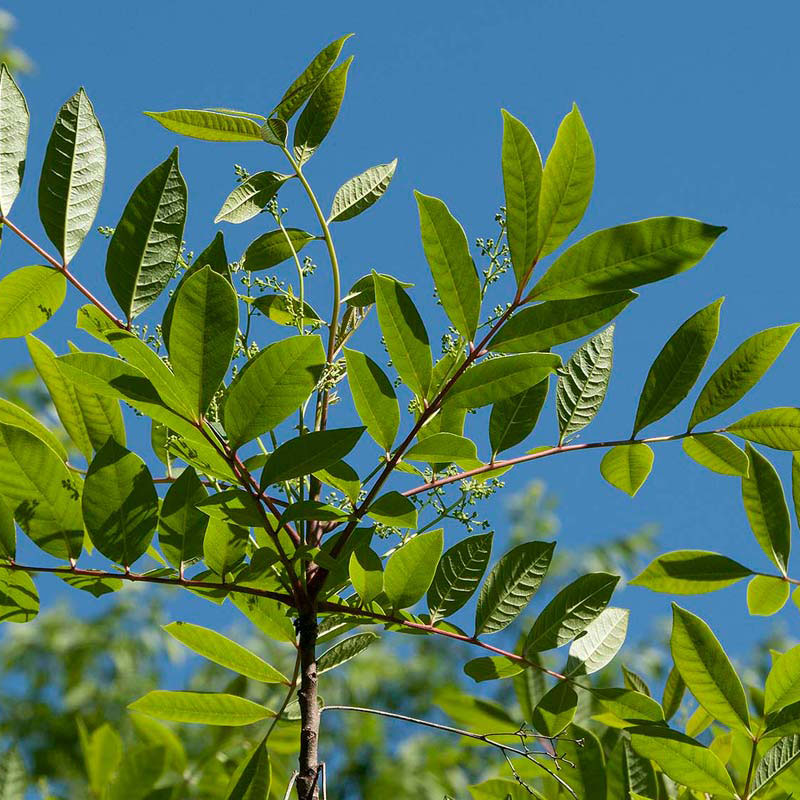Weeds That Hurt Us
Weeds can be more than cosmetic nuisances that tarnish the look of a tended landscape. Some of them can be harmful and even deadly when ingested. Find out which weeds you should be avoiding contact with.
Poison ivy is one of America’s best known weeds because it’s so widespread and so capable of getting our attention with its skin-blistering action. But this vining weed is far from the only plant that can dish out painful, itching rashes and even burn-like, blistering symptoms that include pain and swelling. Poison oak, poison sumac, stinging nettle, and ragweed are four other rash-inducing yard weeds, while giant hogweed and wild parsnips are two other not-as-well-known weeds that can cause even worse skin maladies than poison ivy.
The medical term for the problem is “contact dermatitis.” This is an allergic reaction to plant oils that get on our skin and trigger varying degrees of redness and rash. Some people are more sensitive than others to these oils.
Rashes aren’t limited to just weeds. Some people react to the oils in garden plants, such as marigolds, mums, baby’s breath, euphorbia, leadwort, and occasionally even tomato leaves.
For mild to moderate rashes, at-home treatments include calamine or Caladryl lotions, Epsom salts, bicarbonate of soda, Aveeno oatmeal bath, aloe gel, Zanfel cream, hydrocortisone cream, and/or goldenseal root powder.
In bad reactions, skin can blister, ooze, and become infected, requiring medical treatment that might include steroids, prescription-strength creams, and/or antibiotics.

Poison oak leaves. Darren415 / iStock / Getty Images Plus
By far, the best way to avoid trouble with rash-causing plants is to know what they look like and to avoid touching them in the first place.
Poison ivy and poison oak, for example, can be identified by their three-leaf clusters and leaves that are glossy and reddish when young.
Giant hogweed is distinctive for its towering 10- to 12-foot-tall height and umbrella-like clusters of white flowers.
Wild parsnips stand out for their hollow stems, large celery-like compound leaves, and umbrella-like clusters of yellow flowers.
And stinging nettle can be identified by its opposite leaves, white flower clusters at the base of each leaf pair, and especially the stinging hairs that cover the stems and leaves.
Preen’s Weed ID page has photos and descriptions of more than 100 weeds (poisonous and otherwise) along with tips on how to control them.
A variety of books and websites also show pictures of rash-causing weeds, while numerous phone apps are available that let you snap a photo of a suspect plant and get immediate information on it.

Stinging nettle. Jevtic / iStock / Getty Images Plus
Avoiding trouble plants is easier said than done, though, especially if you’re fighting your way through a major weed outbreak with multiple varieties.
In that case, try covering skin as much as possible before weeding, including placing plastic bags over gloved hands that can be discarded without touching them.
Another option is covering skin with creams that shield the skin from plant-oil contact. Examples include Ivy Block, Tecnu, Multi-Shield and Buji Block.
If you’re not sure you’ve contacted a potential rash-causer, such as when brushing up against plants while walking in a wooded area, wash with soap and cool water as soon as possible afterward.
Most people won’t react if plant oils are removed within 15 to 20 minutes of contact.
Don’t overlook the possibility of secondary contact – when allergenic oils get on something else and then transfer to your skin.
Common culprits are garden gloves, tools, and clothes, although some people have developed rashes after merely petting a dog that contacted a dermatitis-inducing plant or picking up a soccer ball that the kids kicked into a weedy patch.
Wash or clean any items that might have contacted these plants before touching them with bare skin.

Wild parsnips. KathrynSK / iStock / Getty Images Plus
Although there’s not much you can do about rash-causing weeds in nature, ones in the yard should be pulled, dug, cut off, and/or sprayed with an herbicide. The sooner you recognize the invader, the easier it’ll be to control.
Remember, cover skin before going on the offensive, and use that plastic-over-the-gloves trick as double protection.
Also keep in mind that the oils in these plants stay active even in winter when the leaves are off and for two to three years after the plants have died. Many a gardener has contracted a rash after handling dormant or dead poison ivy.
One of the worst things to do is weed-whack or burn dermatitis-inducing plants. Weed-whacking spews the oils around, while burning adds the reactive oils to the smoky air, which can be breathed in to cause potentially fatal lung troubles.
Mulch and/or granular weed preventers can help stop new weeds from germinating. Stinging nettle and ragweed, for example, are two rash-causers that Preen Extended Control Weed Preventer prevents.

Poison sumac. Photo by Kevin Hansen, courtesy Wikimedia